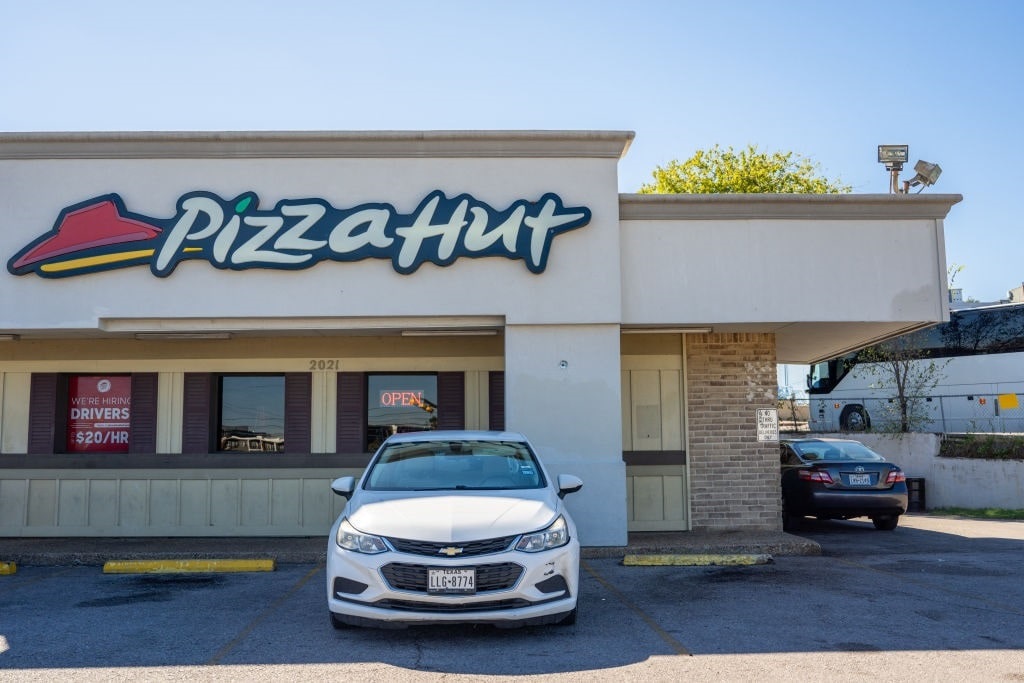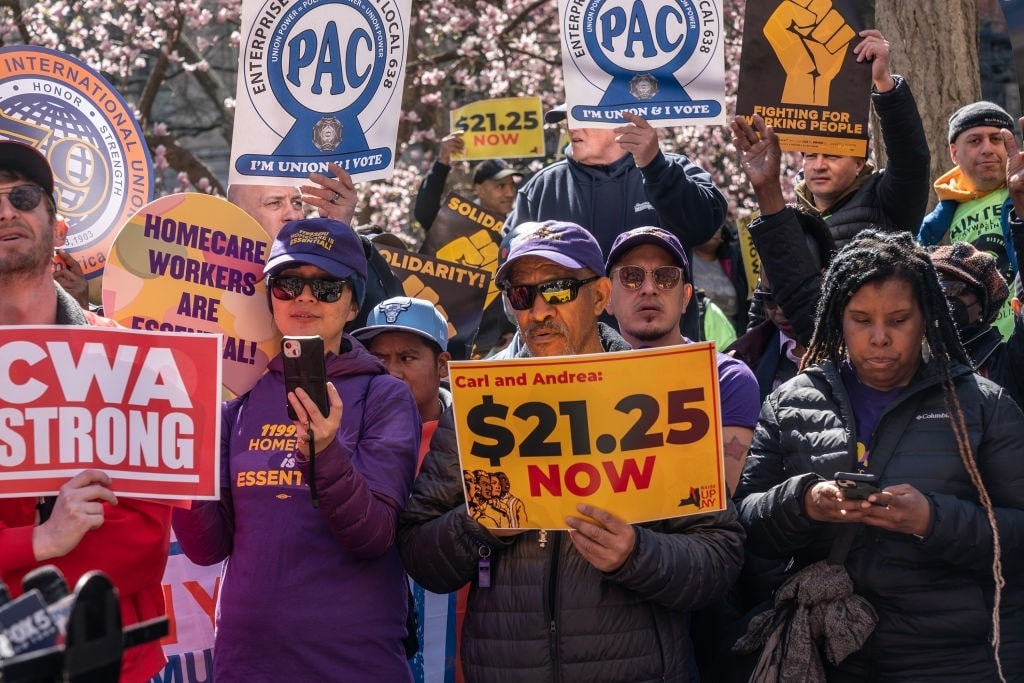Millions of people have endured a cost-of-living crisis in the last couple of years, forcing public policymakers to abandon elementary economic principles. The minimum wage is a perfect illustration of this. Recent decisions by states on wage floor hikes emphasize the point that Republicans and Democrats might want to take another look at economic data on the topic. Or, at the very least, people should look at what is happening in New York and California, where thousands of people are set to lose their jobs and thousands more face higher prices for food purchases.
Feasting on a Minimum Wage
As of Jan. 1, 2024, California raised the minimum wage to $16 per hour, the second highest in the country behind Washington state ($16.28). However, because of Assembly Bill 1228, the fast-food minimum wage will be bolstered by nearly 30% to $20 beginning in April, applying to chains with 60 or more locations nationwide. Elected officials failed to consider what would happen if they forced these businesses, which already face incredibly tight profit margins, to dole out higher compensation rates.

(Photo by Brandon Bell/Getty Images)
Two Pizza Hut franchises are poised to lay off more than 1,200 delivery drivers in Los Angeles, Orange, and Riverside counties over the coming year. Instead, franchisees will rely on third-party delivery applications, such as DoorDash and Uber Eats.
Overall, the legislation will affect more than 550,000 fast-food workers and approximately 30,000 restaurants in California. Chipotle and McDonald’s said they will raise menu prices as a strategy to offset the costs of higher wages in the state. It is only a matter of time before other companies follow. But Assemblyman Chris Holden, a Democrat from Pasadena, insisted the legislation would help feed employees’ children, keep gasoline in workers’ cars, and improve everyone’s living standards. Tell that to the out-of-work and soon-to-be unemployed individuals!
Of course, Holden and his constituents do not need to worry about the unintended consequences of these policies because the average annual household income in Pasadena is around $129,000.
On the other side of the country, food delivery workers will earn a higher minimum wage in July. New York City became the nation’s first municipality to force a minimum wage on app-based restaurant workers, requiring delivery applications to pay users $17.96 an hour plus tips, rising to $19.96 an hour in 2025. The result? Companies are increasing service fees and adjusting platform mechanisms that could reduce service quality in these apps.
“The ill-conceived, extreme minimum pay rate for food delivery workers in New York City will have significant consequences for everyone who uses our platform,” DoorDash wrote in a blog post. Uber confirmed in December: “Because of the new rules, we will have to limit the number of couriers who can be online each hour of the day. So, unfortunately, couriers will no longer be able to go online to deliver anytime they choose.”
Understanding the Effects
Yes, the cost of living is spiraling out of control. Cumulative inflation is around 18%, the annual consumer price index is above 3%, and real (inflation-adjusted) wage growth is down 3% since 2021. Prices for electricity, food, and shelter have risen exponentially in the last couple of years. It is understandable why many are ebullient over these wage hikes. But the very people who are raising the minimum wage advocated for and contributed to the inflationary policies of the last few years. Politicians ignited the fire and are pouring kerosene.
Basic economic assumptions are being tossed out the window in today’s inflationary climate. Akin to what legendary economist Milton Friedman wrote, the discussion can be boiled down to this: Politicians, bureaucrats, and labor activists believe it is better to be unemployed at $20 an hour than to be employed at $15.
Meanwhile, the higher prices emanating from a bigger minimum wage will mainly harm low-income households. Keynesian economist Paul Krugman disagreed with this assumption, stating on X in December 2021, “‘Inflation especially hurts the poor’ has truthiness — it sounds like it should be true. But I don’t see either evidence or a mechanism.” Contrary to what left-leaning economists and White House officials purported in 2021 and 2022, price inflation mostly impacts the impecunious, not the affluent. Even staff economists at the Federal Reserve Bank of Dallas conceded this fact, opining in a Jan. 2023 paper: “High inflation disproportionately hurts low-income households.”
In the end, the latest string of big government efforts can be summarized by offsetting a swelling cost of living with higher consumer prices. As the young whippersnappers like to say, make it make sense!
Please Stop Helping
Former President Ronald Reagan famously quipped, “The nine most terrifying words in the English language are: I’m from the Government, and I’m here to help.” While Education Secretary Miguel Cardona butchered one of the most famous quotes of modern US history, the sentiment from President Reagan rings true. In the last few years alone, the world watched presidents, prime ministers, public health officials, and even the Pope try to help people. Optimists will aver they had benevolent intentions, while skeptics contend that they paved the road to serfdom. Whatever the case, the assistance proffered to the people, be it stimulus checks or lockdowns, did more harm than good. Minimum wage laws are other failed exhibits in the anatomy of the state.




